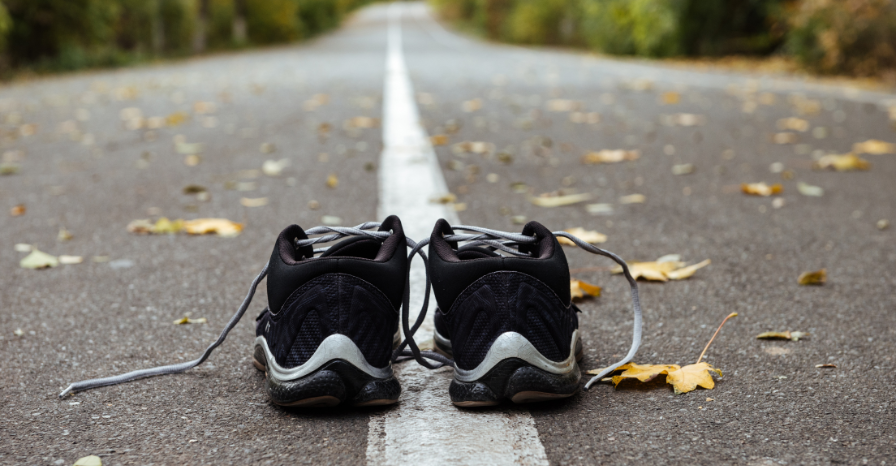
Transitioning to barefoot running
TRAINING |Barefoot running is a hot topic in the running community anywhere, and India is no different. You will meet runners who will rave about it and swear that switching to barefoot running has changed the way they look at running, while others are less generous and will tell you how barefoot running makes runners prone to unnecessary injuries.
Is there a middle ground? Much like other aspects of running form like pronation and heel striking, every runner is different when it comes to barefoot and minimal running – the technique works for some runners, and doesn't for others. If you are a runner who has switched minimal running shoes, chances are that you are thinking about eliminating the middle man completely and going barefoot.
While 'running from the gut' and a 'going with the flow' is a great attitude to take towards running, the decision to go barefoot must be made carefully. This decision must be made by taking your natural running form and fitness level into consideration. Let's look at some other factors to take into account when you are on your way towards going barefoot.
1) Focus on form
Form comes before anything else. Before even thinking about going barefoot, your aim should be to correct your running form. It is worthwhile to get your form properly analyzed to understand how your foot is striking the ground, how long your stride is and which areas of your foot are receiving the maximum impact. We cannot overstate the importance of adjusting your running form before making the decision to go bare. If you are a heel striker, adapt your running form gradually to a midfoot landing. It won't be easy and it will take some time, but a midfoot strike is more conducive to running barefoot.
2) Patience
From the time you go from regular shoes to minimal shoes, to finally going barefoot – it is recommended that this process should take a year. A common mistake that can lead to serious running injuries is exposing your body to too much change and too much mileage too soon. Barefoot running completely requires your body to adjust to completely new mechanics. Give your body the time it needs to adapt.
3) Strength training and cross training
Going bare requires one to build strength into their legs and raise their overall fitness level. If your BMI is above 25, it is advisable to reduce your BMI to lower the impact levels on your feet. Switch between biking, swimming and strength training to increase the strength in your calf muscles, Achilles tendon and the arch of your feet.
Following are three exercises that should be a part of your strength training routine. Make sure you perform these exercises barefoot.
The Single Leg Stance
Heel and Toe Raises
Toe Lifts
4) Choose your surface wisely
Your running surface has a huge impact (literally and figuratively) on the biomechanics of your running. Contrary to popular belief, when transitioning to barefoot running, it is advisable to run on a smooth, hard surface like a track or a concrete road. While soft surfaces like grass are easier and feel better, they shield your feet from full impact and thus, you won't know how the impact is affecting your feet and what you should change. On the other hand, with a concrete road, the feedback is immediate and helps you adjust your form accordingly.
5) Schedule effectively
Don't go cold turkey on your running shoes! In any given week, include sessions in your regular running shoes and then gradually introduce sessions in your minimal shoes. If you have switched to minimal shoes already, gradually incorporate barefoot sessions 2-3 times a week at the start. Keep these sessions at an easy pace at this stage. Don't overstride or put undue pressure on your calf muscles. Get plenty of warm up done and massage your calves post-run. Over the course of the next weeks, gradually increase your barefoot mileage.
Last word of advice – if you find that you are not able to adapt successfully to minimal or barefoot running, it's quite alright! Everyone's body is fundamentally different. While it is natural to be curious about new forms of running and wanting to experiment, your focus should be on enjoying the running experience and staying injury-free.
Barefoot or not, even in the midst of a thousand runners, we are all running our own race – make sure it's a brilliant one.
Photo by Flickr.com

